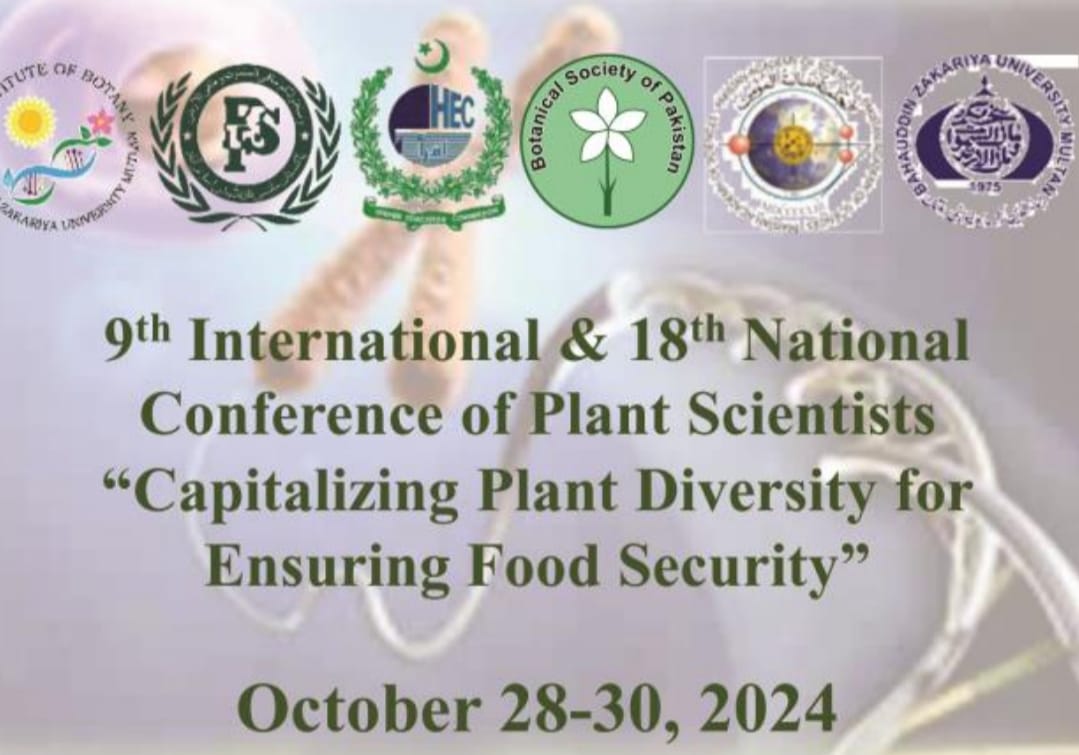
PJB-2025-17
Quantitative analysis of phytochemical content and GC-MS profiling of Phyllanthus emblica (amla)
Sayed Maeen Badshah, Kuen-Song Lin, Salmeen D Babelghaith, Nighat Sultana, Nasib Ur Rahman, Jamshid Hussain, Dildar Ahmed, Khuzin Dinislam and Mohamed N. Al Arifi
Abstract
The family Phyllanthaceae is distributed in tropical regions consisting of herbs, shrubs, and trees. or Phyllanthus emblica L. (Syn.: Emblica officinalis Gaertn), known as amla or Indian gooseberry, has been traditionally used to treat fever, diarrhea, dysentery, hemorrhage, and inflammatory conditions. Recently, our research group also found P. emblica was efficient in the cure of hepatitis C and reduces the viral load. Based on the medicinal properties, the current study was designed to evaluate the phytochemical profile of the fruit, seeds and leaves of P. emblica grown in district Mansehra, KP, Pakistan. The total phenolic contents were determined using Folin Calteau assay, total flavonoids by aluminum chloride method while total alkaloids were eluted by bromocresol green (BCG) approach and compared in different parts. The volatile compounds in different fractions (methanolic, n-hexane, ethyl acetate, n-butanol, and dichloromethane) of leaves and fruits were analyzed using Gas Chromatography Mass Spectrometry (GC-MS). The antioxidant potentials of the extracts of different parts were also compared. Fruit exhibited higher contents of alkaloid (720±3.25 µg CAF/g) whereas the leaves showed the least contents (170±3.12 g CAF/g). Total phenolic contents also showed the same pattern but in contrast the total flavonoids were highest in leaves and lowest in fruits. The seeds were in between fruits and leaves in terms of alkaloids, phenolics and flavonoids. The volatile compounds were detected in crude methanolic extract and in different fractions. Overall, thirty five compounds were detected in leaves while thirty six distinct volatile compounds were identified in fruits. Only seven compounds were found common in both leaves and fruits in all extracts. The most abundant compounds which were unique in leaves were 2-furancarboxaldehyde,5-(hydroxymethyl), squalene and 1,2,3-benzentriol while fruits 1,2,3-benzentriol, butanoic acid and 1,2,3 benzenetriol pyrogallol. Further purification, identification, and elucidation of these compounds are necessary to understand their significance in drugs development
To Cite this article: Badshah, S.M., K.S. Lin, S.D. Babelghaith, N. Sultana, N.U. Rahman, J. Hussain, D. Ahmed, K. Dinislam and M.N. Al-Arifi - Quantitative analysis of phytochemical content and GC-MS profiling of Phyllanthus emblica (amla). Pak. J. Bot., 58(1): DOI: http://dx.doi.org/10.30848/PJB2026-1(6)
Download PDF


